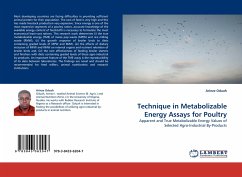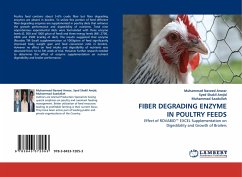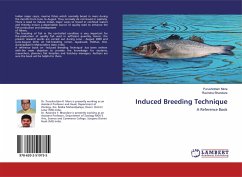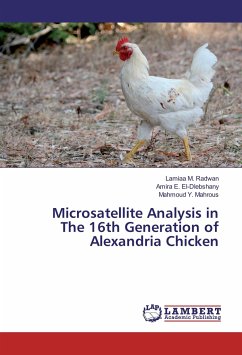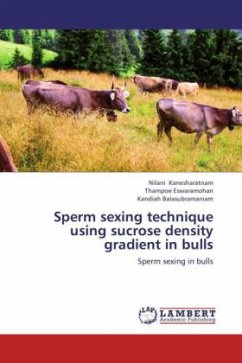Most developing countries are facing difficulties in providing sufficient animal protein for their population. The cost of feed is very high and this has made livestock production very expensive. Since energy is one of the most expensive segments of a poultry ration, accurate knowledge of the available energy content of feedstuffs is necessary to formulate the most economical least-cost rations. This research work determines (i) the true metabolizable energy (TME) of maize pap waste (MPW) and rice milling waste (RMW), (ii) the growth response of broiler birds to diets containing graded levels of MPW and RMW, (iii) the effects of dietary inclusion of MPW and RMW on internal organs and nutrient retention of broiler birds and, (iv) the cost effectiveness of feeding broiler starters and finishers with diets containing graded levels of these agro-industrial by-products. An important feature of the TME assay is the reproducibility of its data between laboratories. The findings are novel and should be recommended for feed millers, animal nutritionists and research institutions.

